
AeroGenie - مساعد الطيار الذكي الخاص بك.
الرائج الآن
Categories
Electric Air Taxis to Begin Airport Service Soon
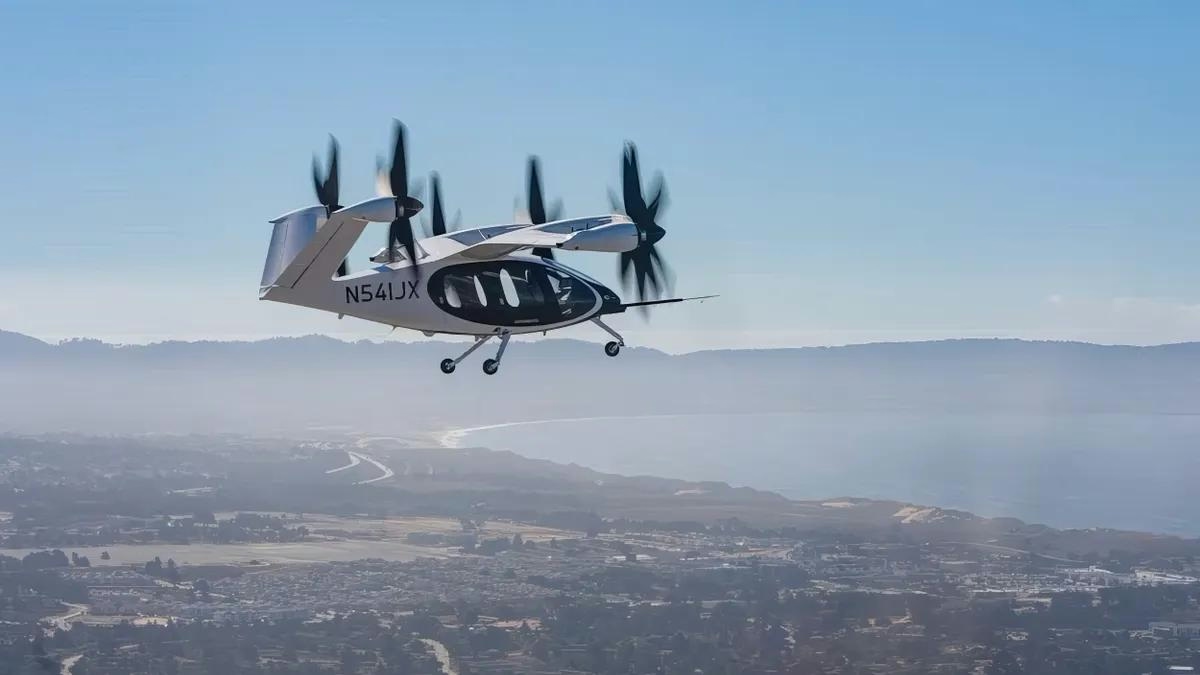
Electric Air Taxis Poised to Revolutionize Airport Transfers
A transformative shift in urban transportation is on the horizon as electric air taxis prepare to commence airport services in major cities, including London. These four-seater electric vertical take-off and landing (eVTOL) aircraft, developed by Joby Aviation and branded by companies such as Uber and Virgin, aim to ferry passengers from “vertiport” pontoons along the River Thames directly to Heathrow Airport. This service promises to bypass congested city traffic and offer faster alternatives to traditional ground transport and trains.
Joby Aviation’s S4 prototype is scheduled to enter Federal Aviation Administration (FAA) test pilot trials early next year, marking a significant milestone toward commercial deployment. The company has ambitious plans to launch services not only in the UK but also in Dubai, the United States, and Japan, although precise timelines remain fluid due to regulatory complexities.
Navigating Regulatory and Market Challenges
Eric Allison, Joby’s chief product officer, adopts a measured stance on the timeline, emphasizing the unpredictable nature of innovation and regulation. Quoting the famed baseball figure Yogi Berra, Allison remarked, “It’s tough to make predictions, especially about the future.” This caution reflects the intricate certification process that the FAA oversees, which serves as a critical benchmark for other regulatory bodies worldwide. Authorities in Japan, the UK, and Dubai are closely monitoring the FAA’s progress before granting their own approvals.
The company’s journey began in 2009 when founder JoeBen Bevirt sought to develop a quieter, more environmentally friendly alternative to conventional helicopters. Since then, Joby has advanced steadily toward industrial-scale production, supported by major investors such as Toyota. The Japanese automaker is instrumental in scaling manufacturing operations at facilities in California and Ohio, the latter being historically significant as the birthplace of aviation.
Joby’s prototypes recently attracted tens of thousands of spectators in Tokyo, underscoring Japan’s enthusiasm for cutting-edge technology and the strategic importance of the market. Meanwhile, Dubai is positioned as a potential launchpad for commercial passenger flights as early as next year, serving both as a testing ground and a showcase for consumer demand in the region.
Growing Competition and Industry Outlook
The electric air taxi market is becoming increasingly competitive. Archer Aviation, a prominent rival, has experienced a surge in investor confidence fueled by strategic partnerships and operational achievements. While Joby leads in certification progress, Archer is aggressively pursuing market entry through alliances and innovation.
Industry forecasts project the urban air mobility sector to reach a valuation of $54.03 billion by 2032, expanding at an annual compound growth rate of 35.2 percent. Despite this promising outlook, significant obstacles remain. Regulatory approval processes, safety assurances, and technological refinement are essential prerequisites before eVTOL aircraft can become a routine feature of urban transportation networks.
In the UK, Joby envisions the central London-to-Heathrow corridor as a prime route, offering a faster and more efficient alternative to conventional taxis and public transit. Beyond airport transfers, the company anticipates expanding applications into leisure and tourism, broadening the scope and appeal of electric air taxi services.
As the industry approaches a critical juncture, the coming year will be decisive in determining whether electric air taxis can fulfill their promise and fundamentally reshape urban mobility.

PCC Approves Acquisition of Global Aircraft Leasing Firm
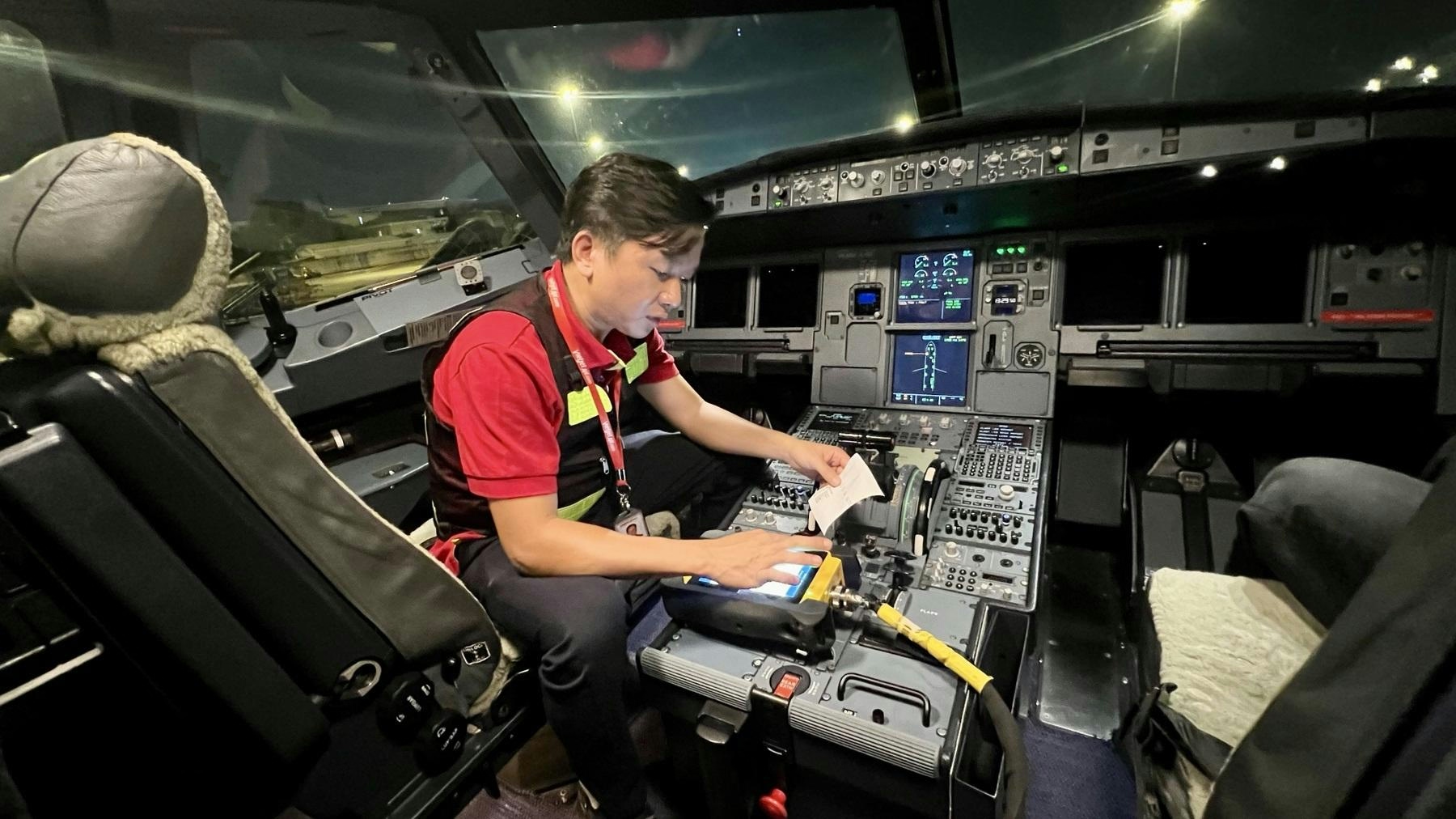
Inside Vietjet’s 32-Hour Emergency Response to Keep Airbus Fleet Operational
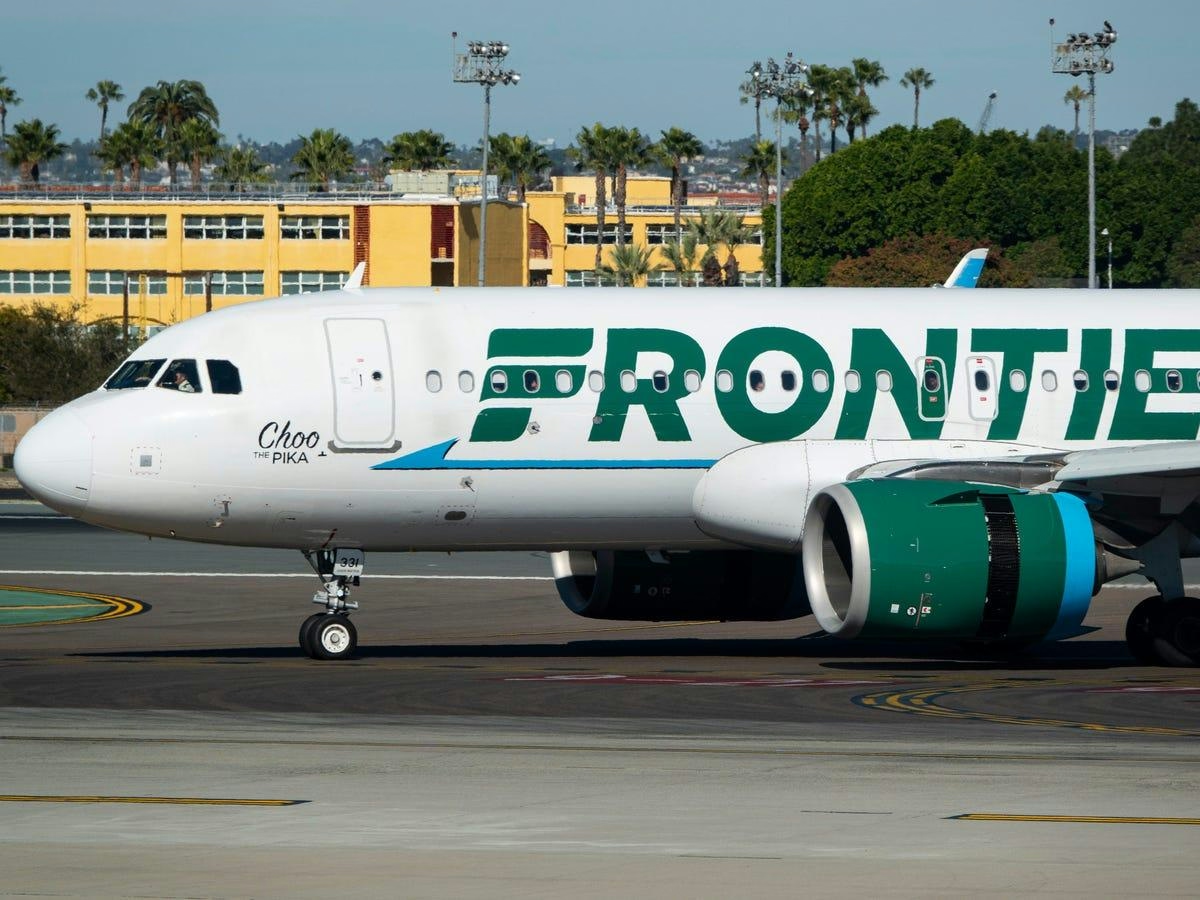
Frontier Airlines Airbus A321neo Returns to Cleveland After Engine Fire
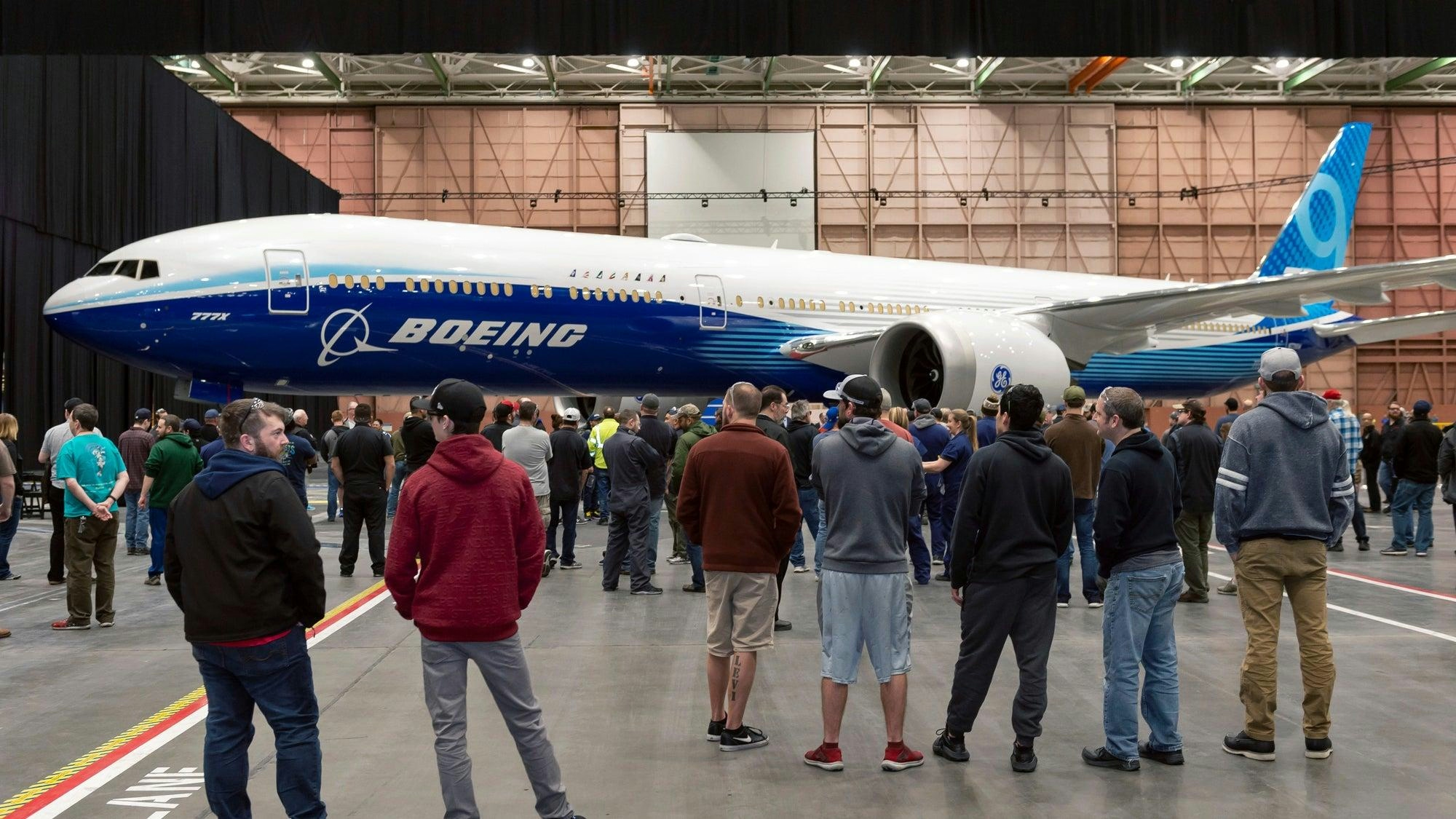
Why the Boeing 777X Is Limited to a Single Engine Type
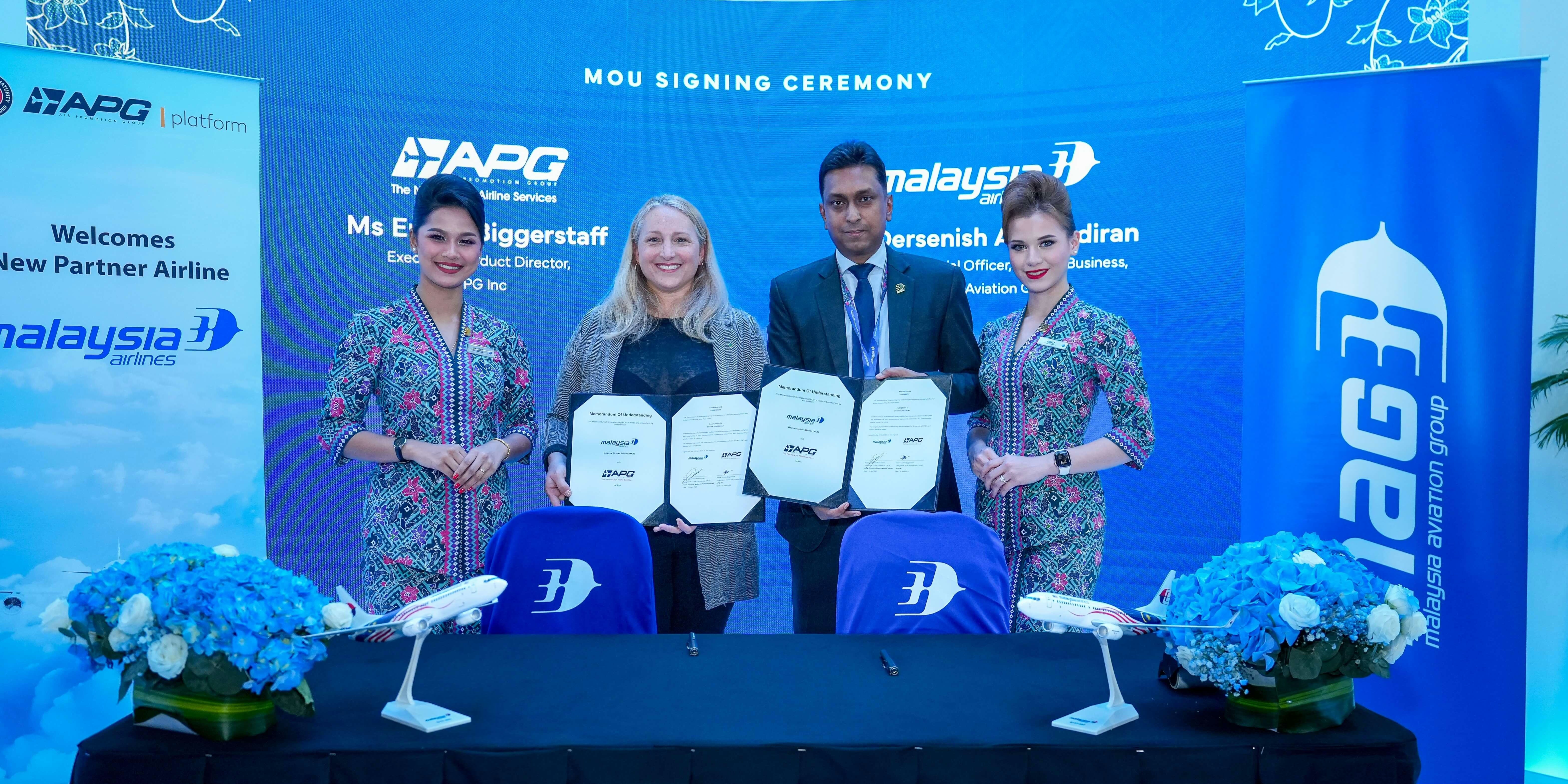
Malaysia Aviation Group Announces Long-Term Business Plan

TrueNoord Expands Executive Team

Hartzell Launches Sky-Tec Starter Line
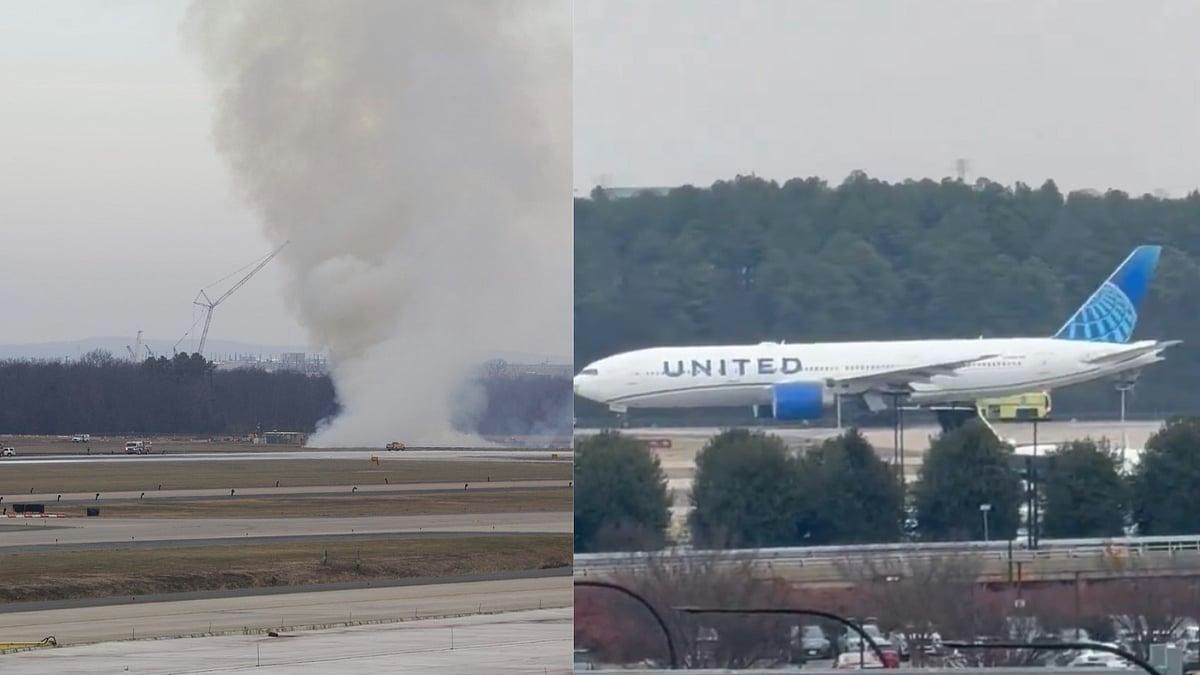
Boeing 777 Engine Failure Reported at Dulles Airport
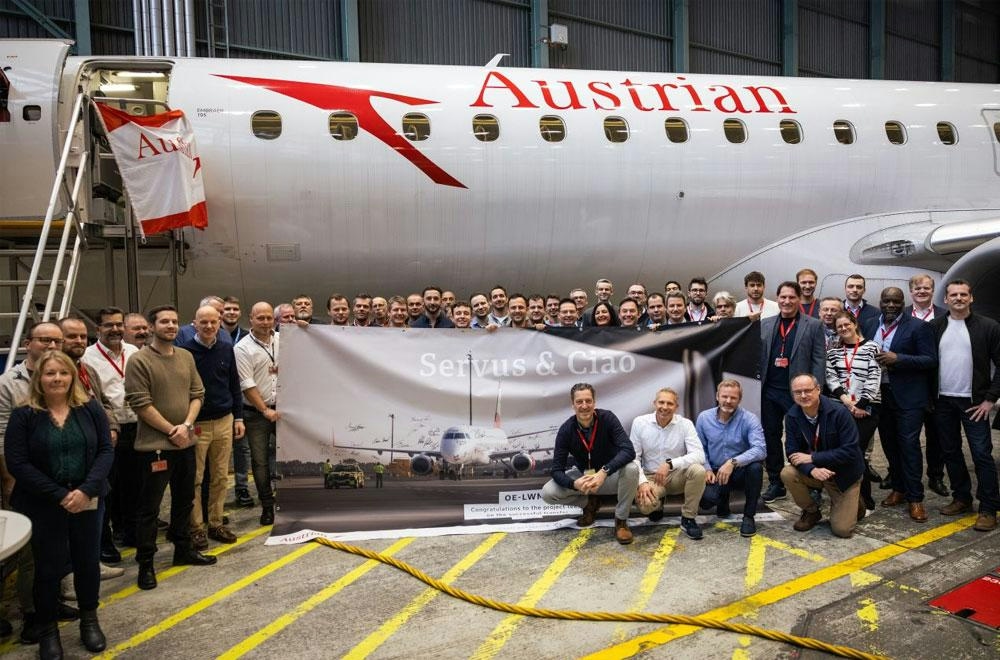
Austrian Airlines Transfers Embraer Fleet to Air Dolomiti
